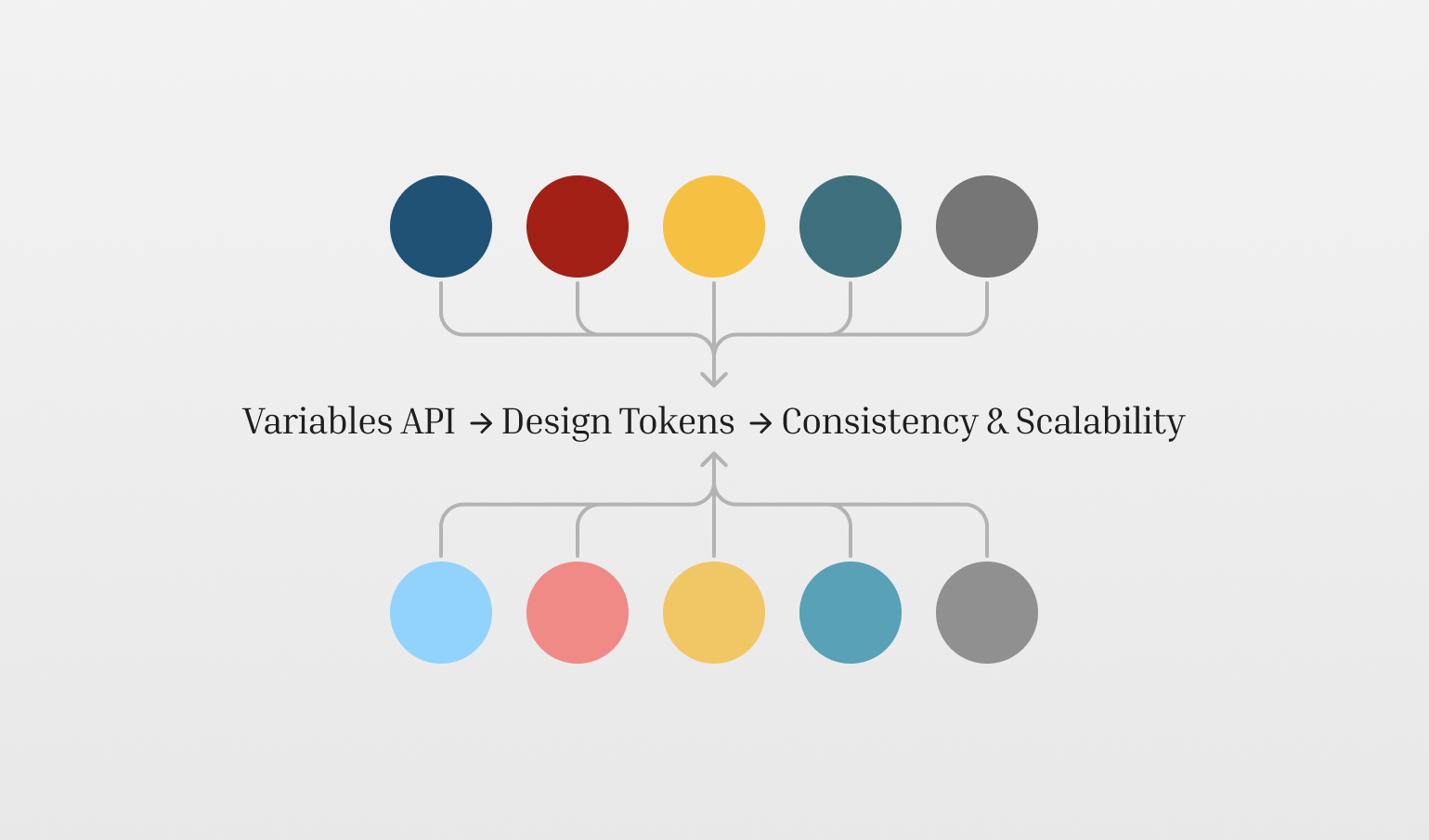UI development
& design systems
innovation
Articles

Questions & Answers
10 Things Business Leaders Need to Know About Website Reskinning

Case study
How We Utilised Figma Variables API for Standardised UI Development at Domino's
Case study
From Outdated to Modern UI: How We Reskinned a Legacy Domino's Website
Case study